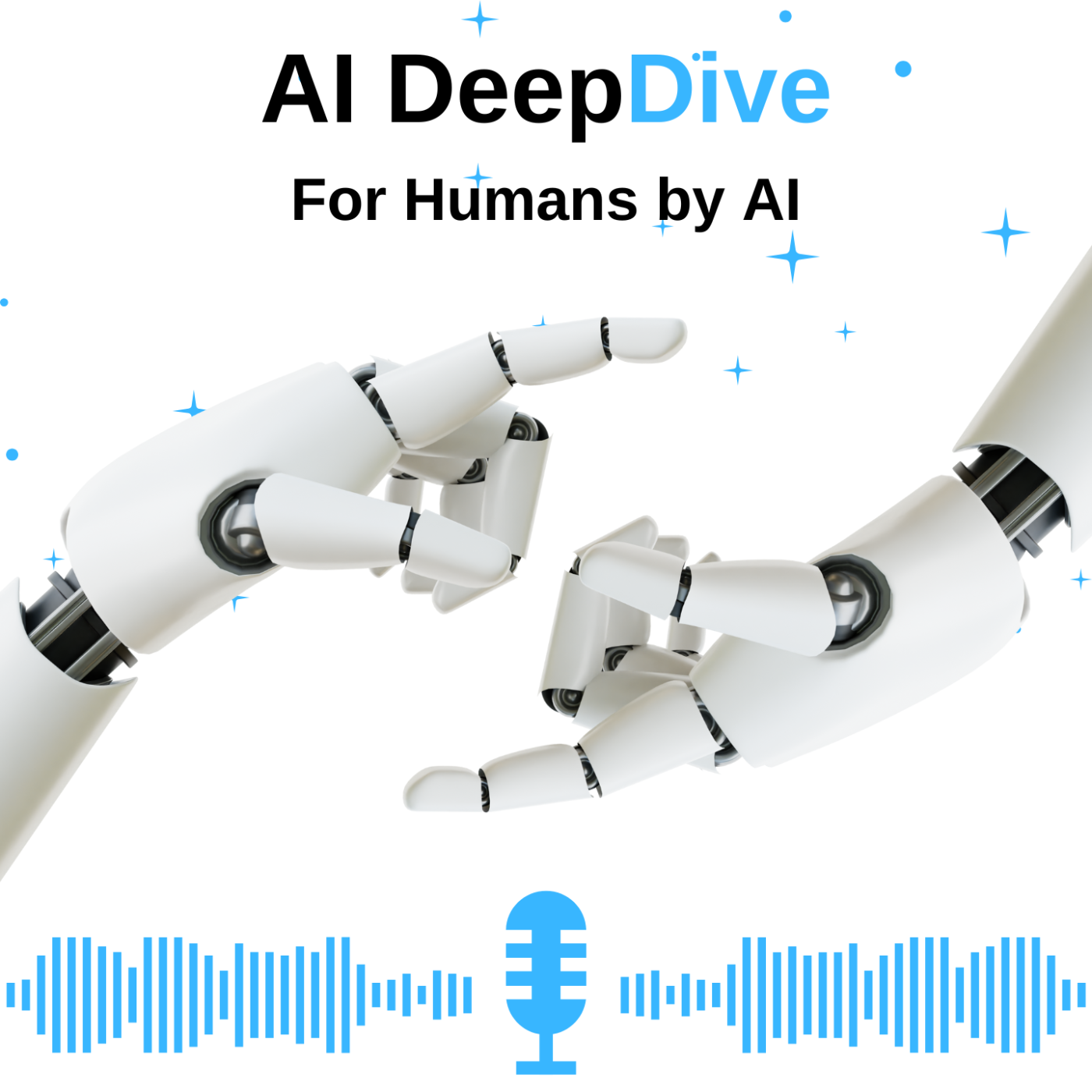Understanding Tokenization in Language Models: How AI Processes Text
Description
Language models, like those used in AI, process and generate text using tokens, which are units of text smaller than words but larger than characters. The way text is divided into tokens is determined by the model’s training on large datasets. Tokenization is a key step in processing text for language models, as it allows them to more efficiently encode, process, and generate coherent text. By analysing the probability of different tokens following a given sequence, the model can predict the most likely next token and generate text that mimics natural language patterns.
More Episodes
The Open Source Initiative (OSI) has introduced a new definition for open-source AI to clarify its principles and guide policymakers. This definition emphasizes transparency, accessibility, and user rights, including the ability to modify and share AI models. While some criticize it as overly...
Published 11/18/24
Published 11/17/24
Retrieval-Augmented Generation (RAG) is a technique that combines the strengths of large language models (LLMs) with external knowledge sources. LLMs, while powerful, are limited by their training data, which can be outdated or incomplete. RAG addresses this by allowing LLMs to access external...
Published 11/17/24


